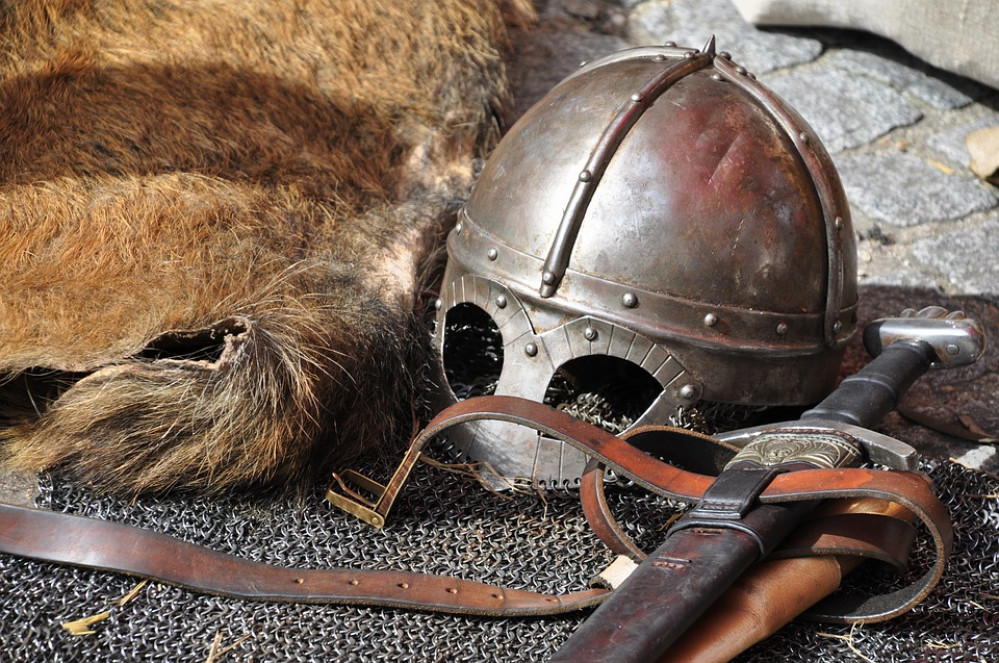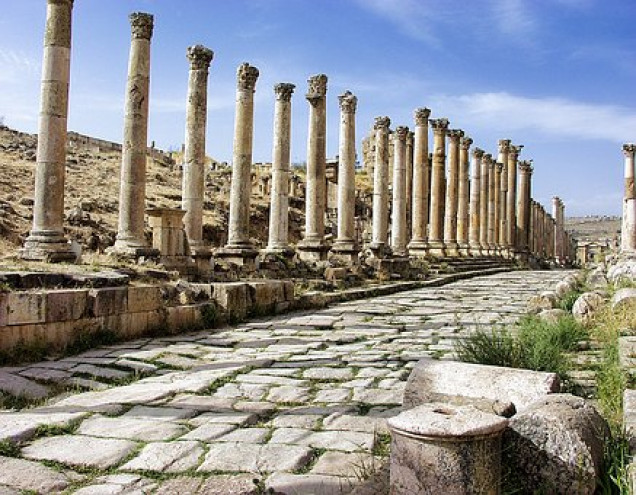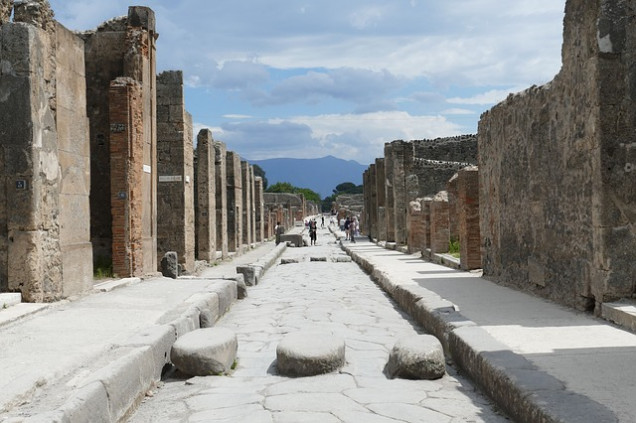The full extent of this road building is clear when you consider that according estimates by historians, no village or farm was more than 7 miles from a purpose-built road! The most vital priority was the movement of troops and supplies from the channel ports of Richborough, Dover, and Lympne to the military centres at London, Colchester, and the front-line legionary forts.
The first frontier was set up along a road extending from Exeter to Lincoln, running through Bath, Gloucester, and Leicester. This was known as the Fosse Way, the first great Roman road in Britain. The Fosse Way has been largely adapted by modern highways.
The next military push established a new frontier between Lincoln and York, Wroxeter and Chester, and Gloucester and Caerleon. After these “front-line” roads had been established. The Romans turned their attention to expanding the network of minor roads within their new possessions, to better aid the flow of trade.
It is a fallacy to think that Roman roads are always straight. The Roman engineers were no fools – if there was a natural obstacle in the way, the road naturally deviated to go around it. The Romans had yet to invent front axle steering, so sharp corners where avoided.
That said, for the most part Roman roads were laid out in straight lines between sighting landmarks. Small hills were cut through, and wet ground covered by causeways, or timber embankments. So, how did the Romans build these famous roads of theirs?
The roads were literally highways, raised up on a cambered bank of material dug from roadside ditches. In general there were 3 layers. The first layer of large stones was covered by a second layer of smaller stones, then a top layer of gravel or small stones. Each layer varied in depth from 2-12 inches. The choice of material depended upon what was locally available; in the chalk areas like the Wessex Downs a mix of chalk, flint, and gravel was used. The paved area was edged with upright stones to give stability, and the major roads had ditches to each side, about 84 feet apart.
After the fall of the Roman Empire the road system fell into a state of disrepair and by the end of the Middle Ages, there was in effect no road system in the country. The only routes available were unpaved tracks, muddy and impassable in winter and dusty and impassable in summer. Diversions around particularly poor stretches resulted in sinuous alignments. The state of the roads combined with the general lawlessness at the time meant only the determined or insane travelled them.
Further Reading
Roads in Roman Britain, Hugh Davies, The History Press Ltd (14 Mar 2008
Roman Roads (Shire archaeology series), Richard W Bagshawe, Shire Publications Ltd (26 April 1979)
The Roads of the Romans (Getty Trust Publications: J. Paul Getty Museum), Romolo Augusto Staccioli, J. Paul Getty Museum; illustrated edition edition (1 Oct 2003)
.































![TerrainFest 2024 Begins! Build Terrain With OnTableTop & Win A £300 Prize! [Extended!]](https://images.beastsofwar.com/2024/10/TerrainFEST-2024-Social-Media-Post-Square-225-127.jpg)













































Leave a Reply